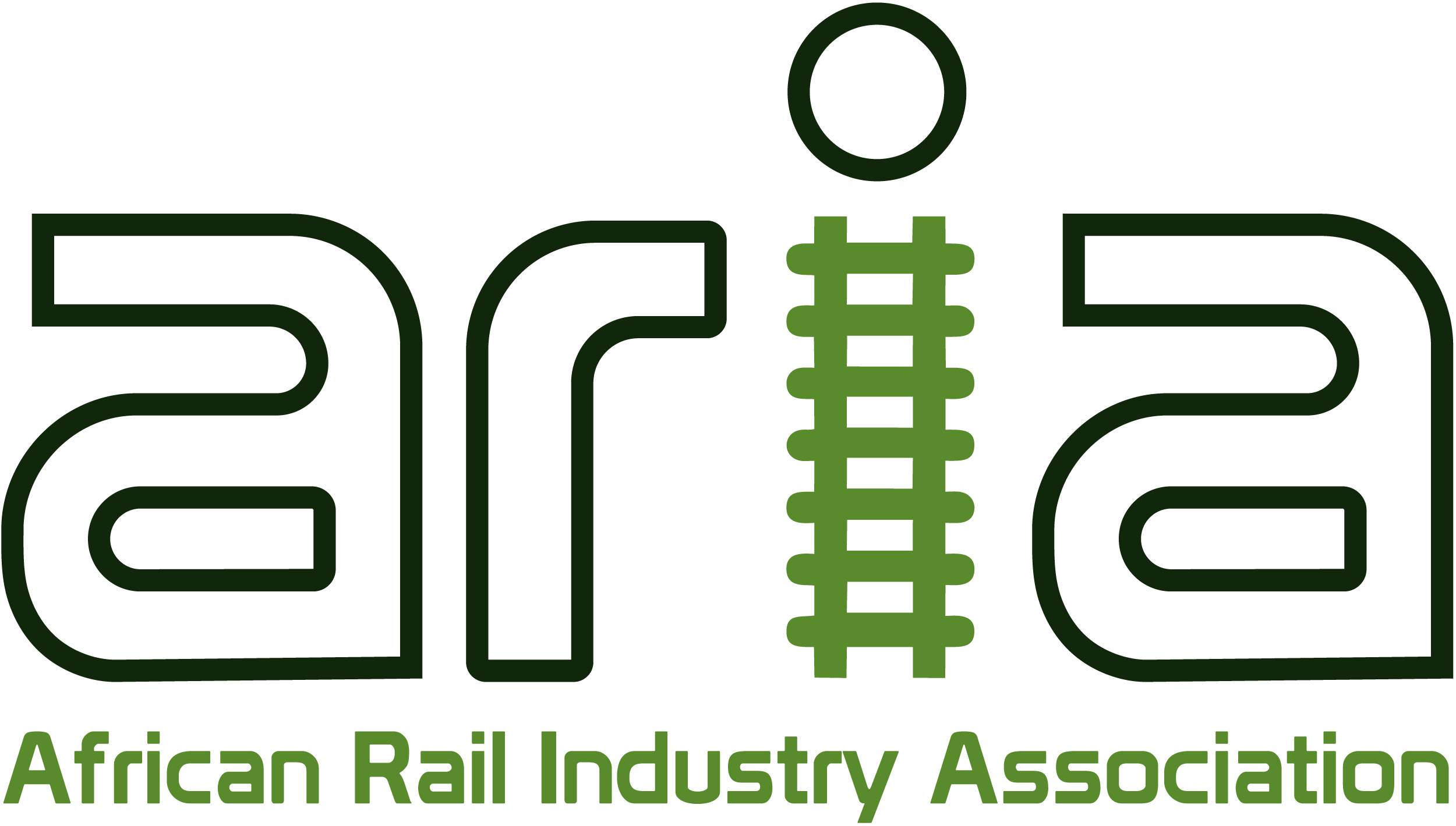EXPLORE OUR HERITAGE
HISTORY OF RAIL
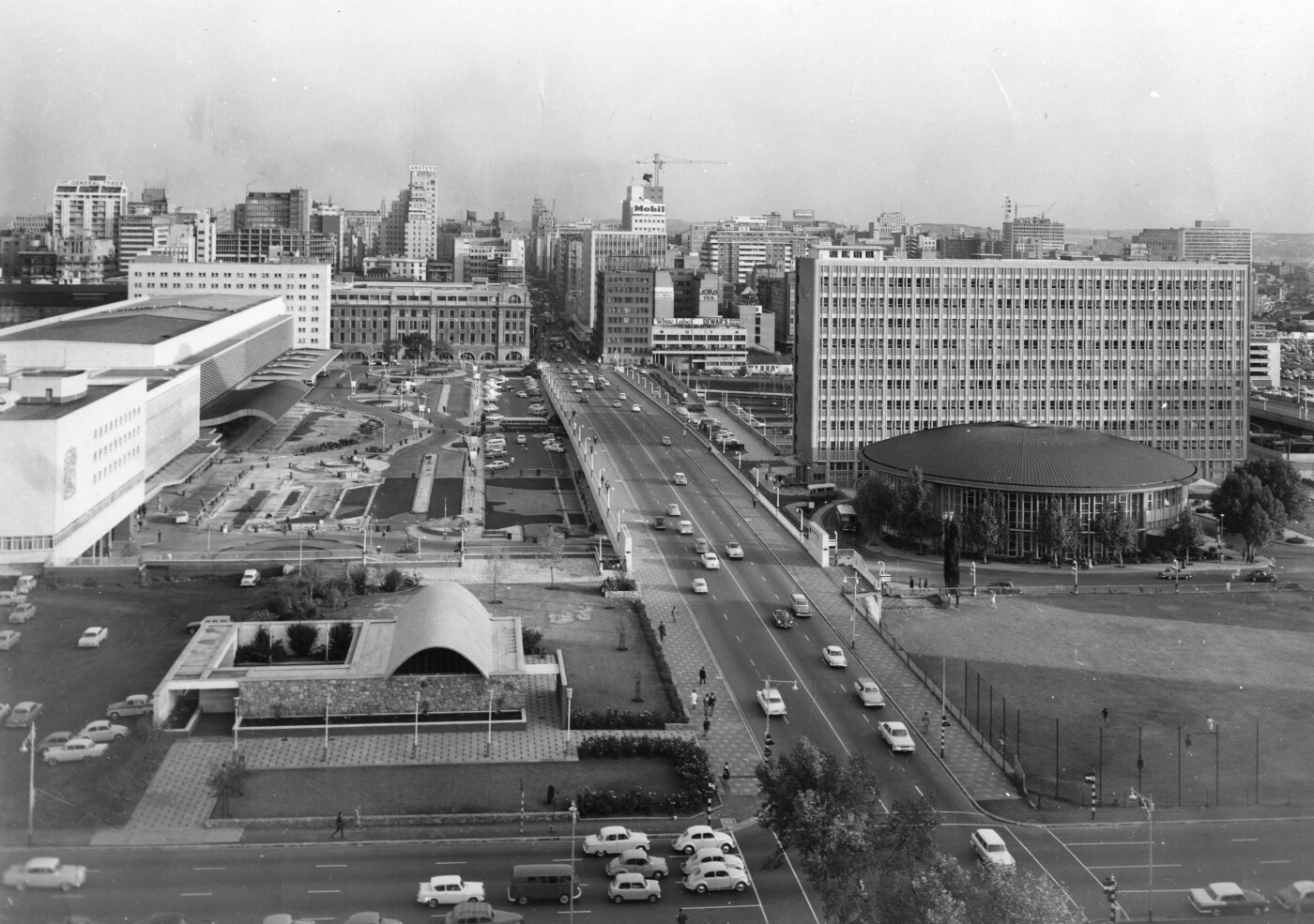
OUR MANDATE
Rail transport has been central to South Africa’s economic growth since 1860, when the first railway connected Durban to Point. Expansion accelerated with the discovery of gold in the Witwatersrand and diamonds in Kimberley, linking mines to ports for export.
By the 20th century, South African Railways (SAR), later Transnet Freight Rail, managed an extensive network. However, ageing infrastructure and competition from road freight led to a decline.
Today, reforms aim to revitalise rail through private sector participation and third-party access, ensuring a more efficient and competitive freight system.
1850’s
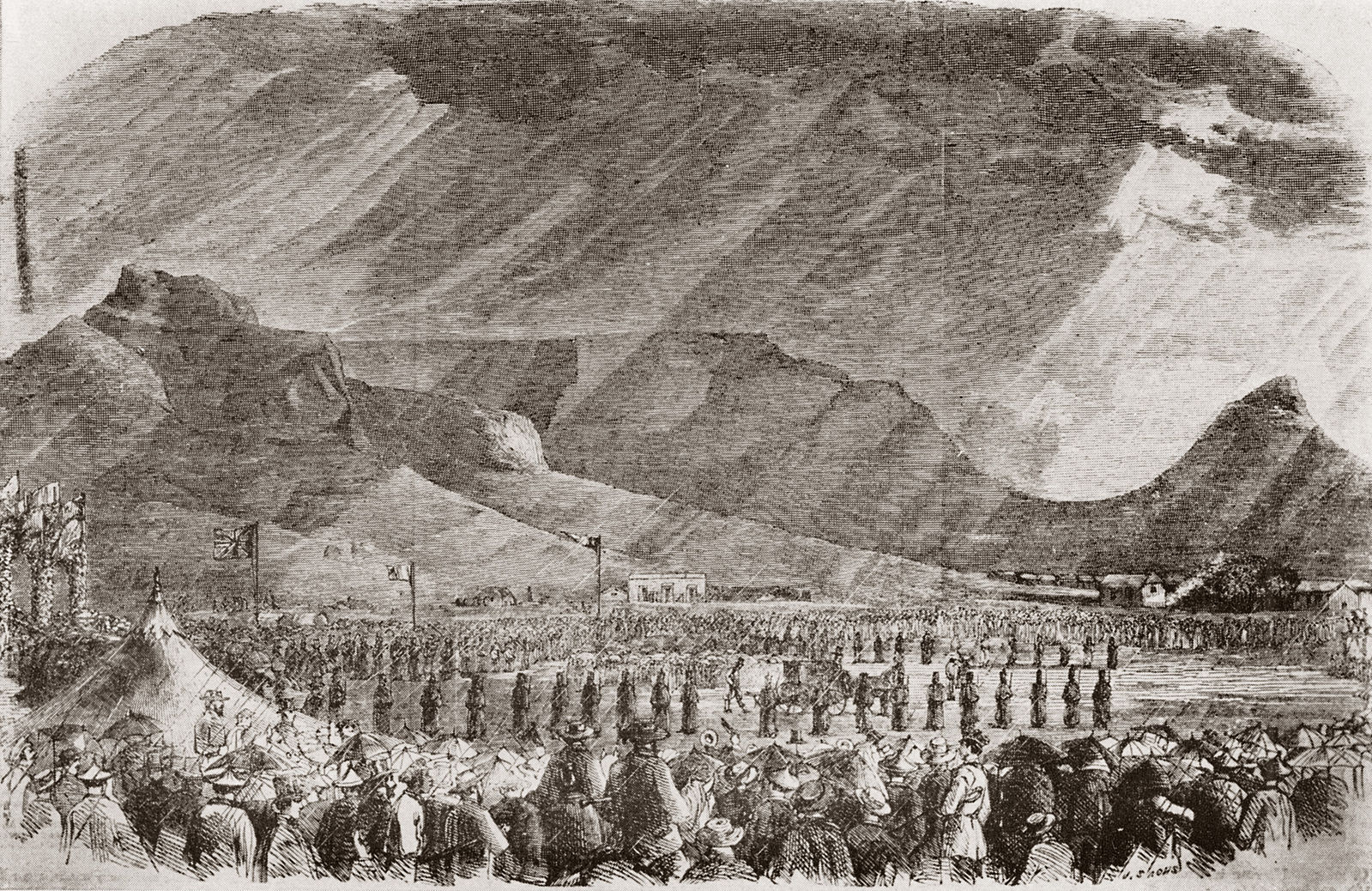
Turning the first sod for the Cape Town-Wellington railway
31 March 1858
The Birth of Rail in South Africa
- Cape Town Railway and Dock Company established.
- Natal Railway Company formed.
- Turning of first sod for Cape Town – Wellington railway.
1860’s
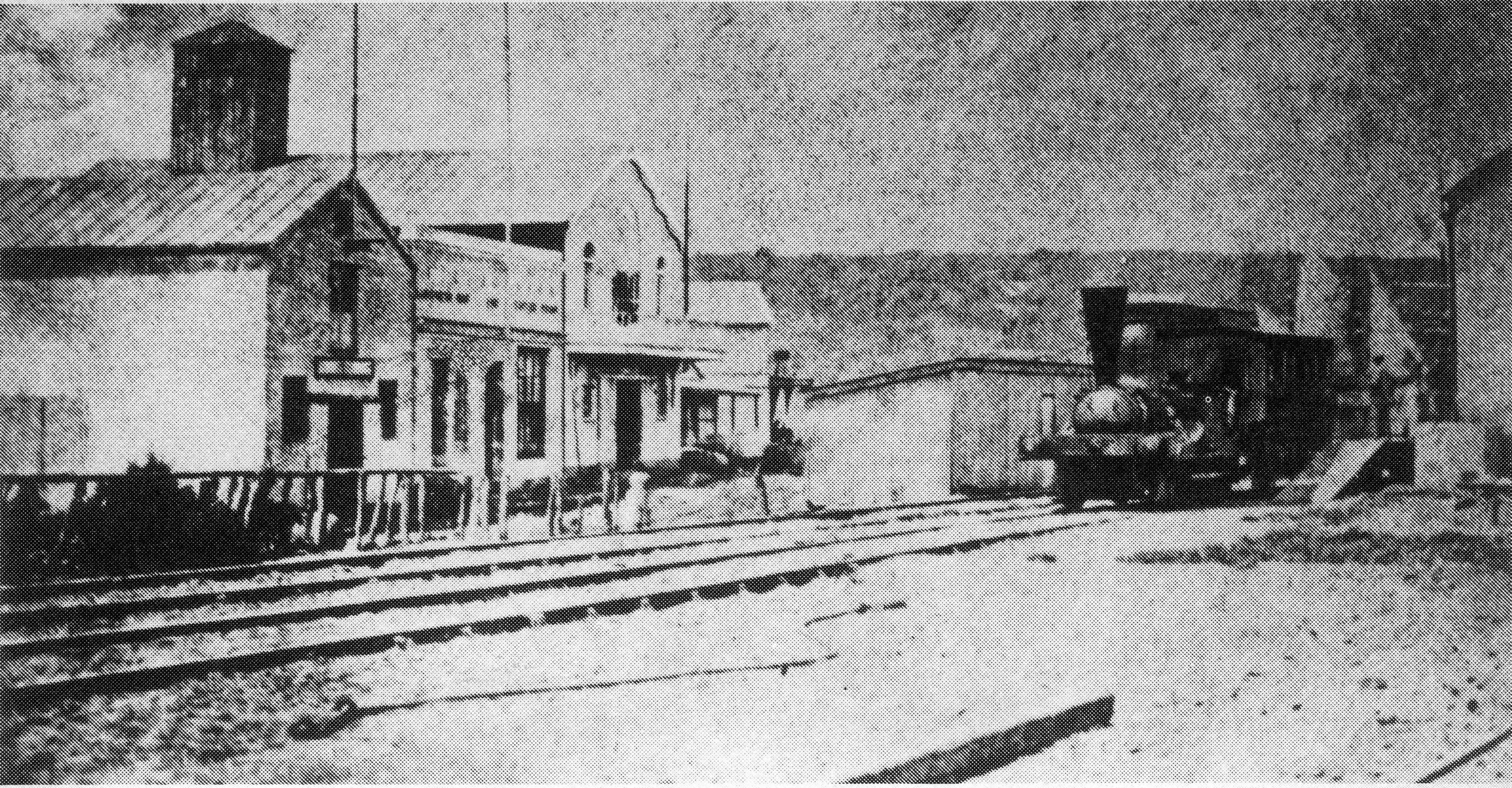
The Natal locomotive arriving at Point Station
Durban, 1860
Expansion of the Rail Network
- Opening of the first railway line in South Africa from Point to Durban.
- Opening of railway from Cape Town to Eerste River.
- Opening of railway from Stellenbosch to Wellington.
- Opening of railway from Durban to Umgeni.
- First tug “The Gnu” used in Table Bay.
1870’s
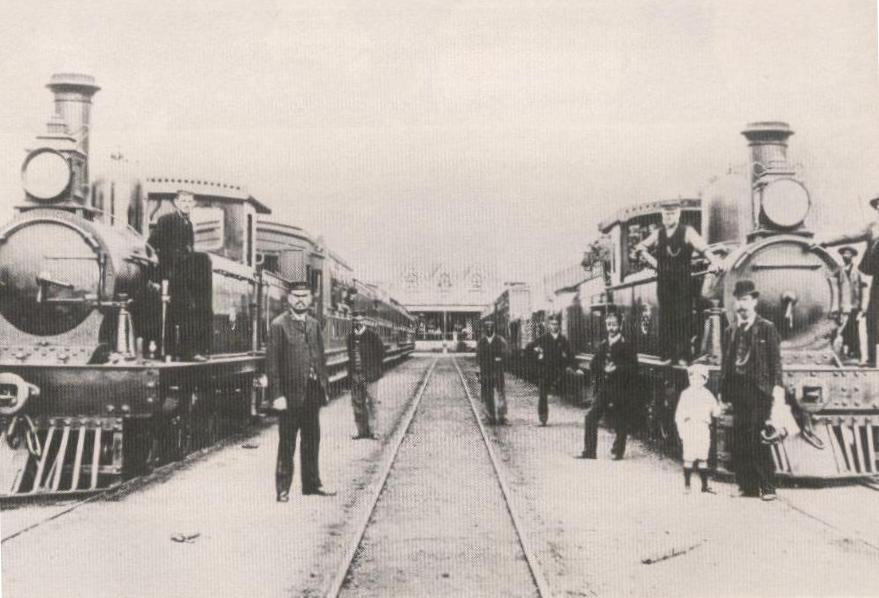
The Port Elizabeth – Uitenhage railway line
1877
Formalising the Rail Network
- Table Bay Docks formally opened by the Duke of Edinburgh.
- Transfer of the Cape Town – Wellington Railway, and leasing of the Salt River -Wynberg Railway to the Cape Government Railways.
- Line opens from East London to King William’s Town.
- Port Elizabeth railway reaches Graaff-Reinet.
1880’s
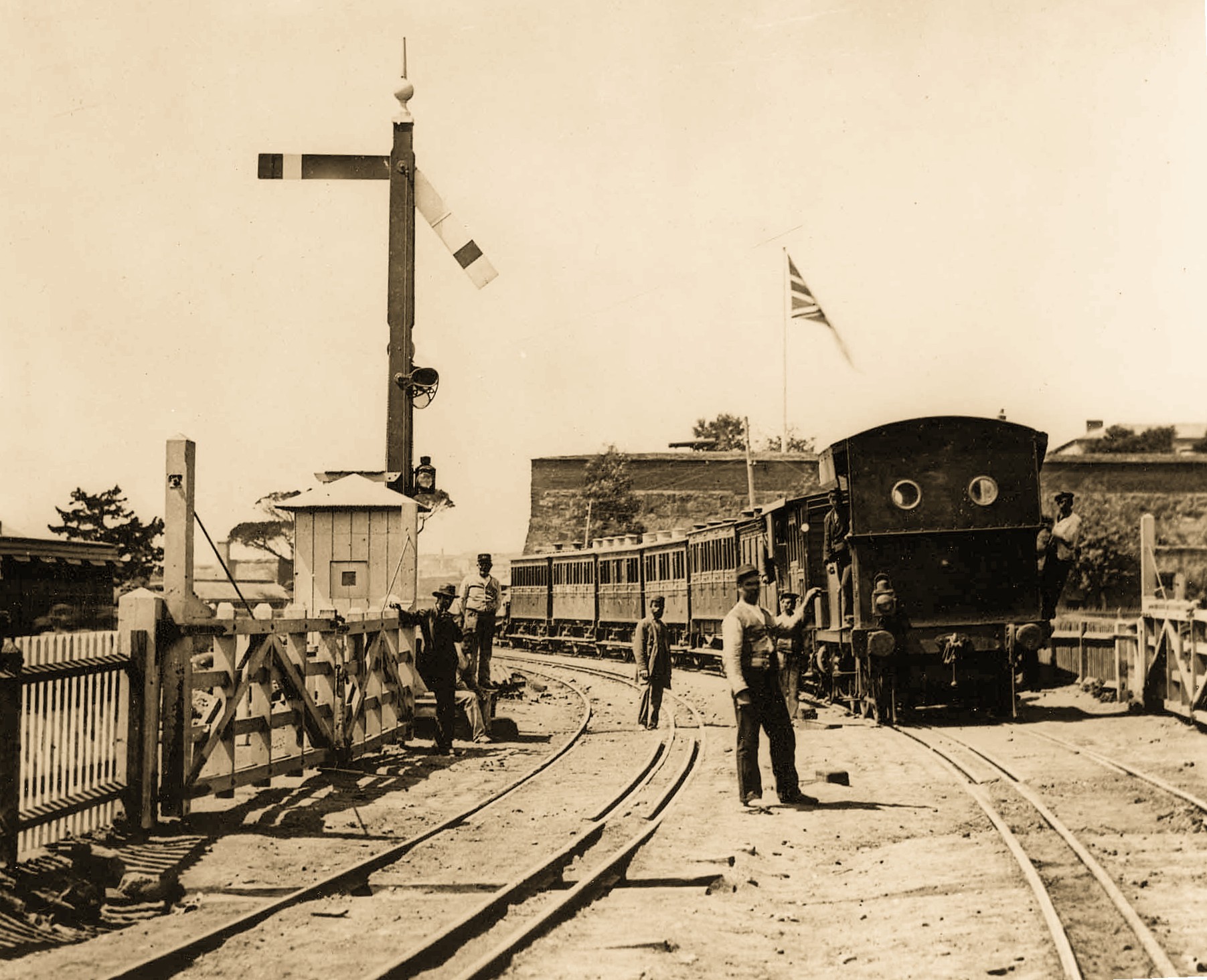
A 2-4-0T locomotive entering Cape Town station on dual gauge track at the old Strand street level crossing
c. 1880
Electric Lighting of Rail
- Natal railway reaches Pietermaritzburg.
- First public electric lighting introduced by Cape Government Railways at Cape Town Railway Station.
- Electric lighting introduced at able Bay Harbour.
- De Aar – Kimberley railway line opens.
- Netherlands South African Railway Company Nederlandsche Zuid-Afrikaansche Spoorwegmaatschappij (NZASM) is established.
- Electric lighting of trains introduced by Cape Government Railways.
1890’s
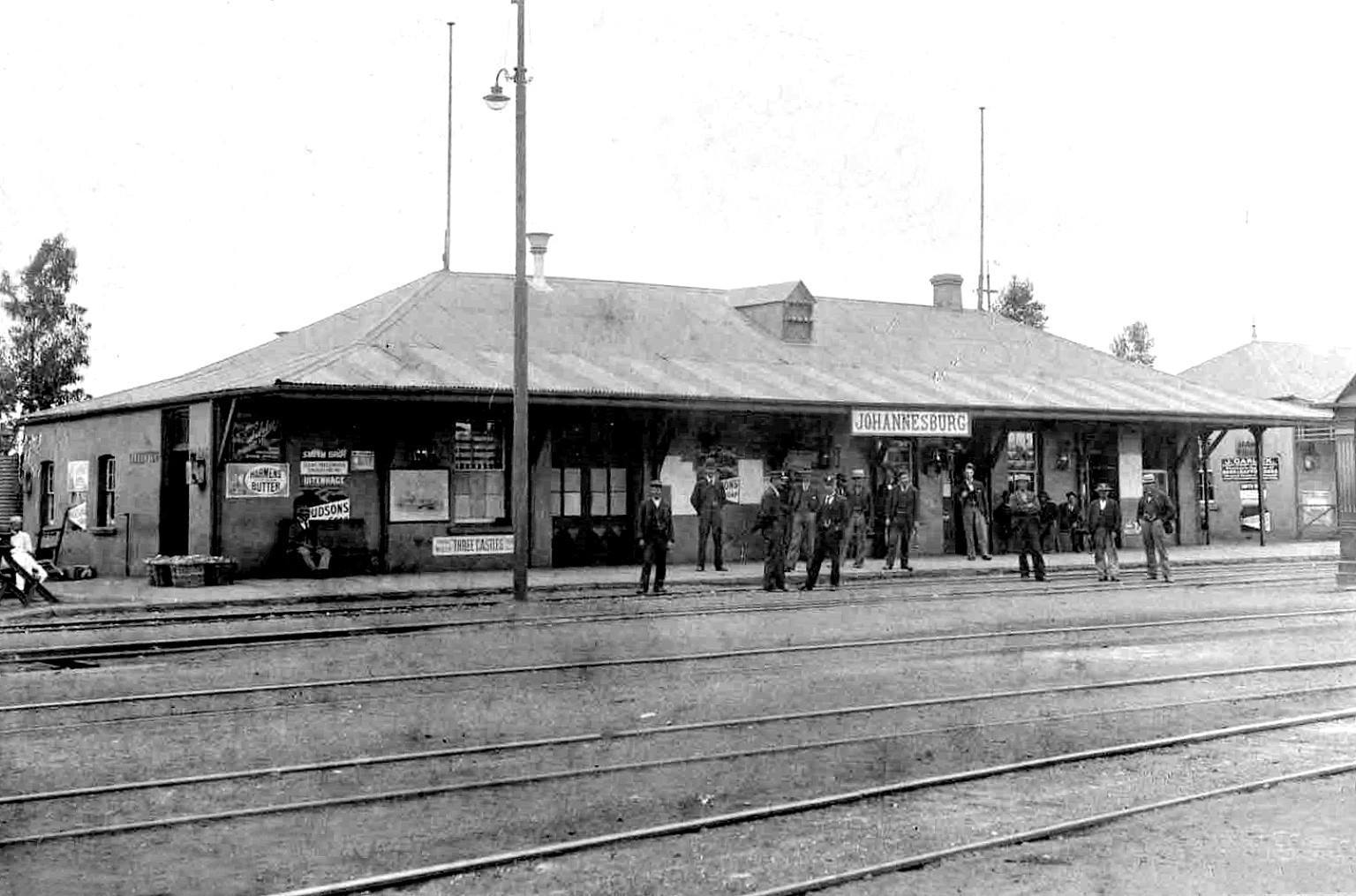
Old Johannesburg Station, later Braamfontein Station
c. 1893
Enabling Trade Routes
- Line between Portuguese Border and Komatipoort opens.
- Arrival of first train at Johannesburg from Cape Town, via Bloemfontein.
Railway from Delagoa Bay (Maputo) reaches Pretoria. - Opening of complete service between Johannesburg and Durban.
- February 1896 – Braamfontein Station Dynamite explosion.
- New station for Johannesburg.
- Formal opening of the railway to Bulawayo from Cape Town.
1900’s
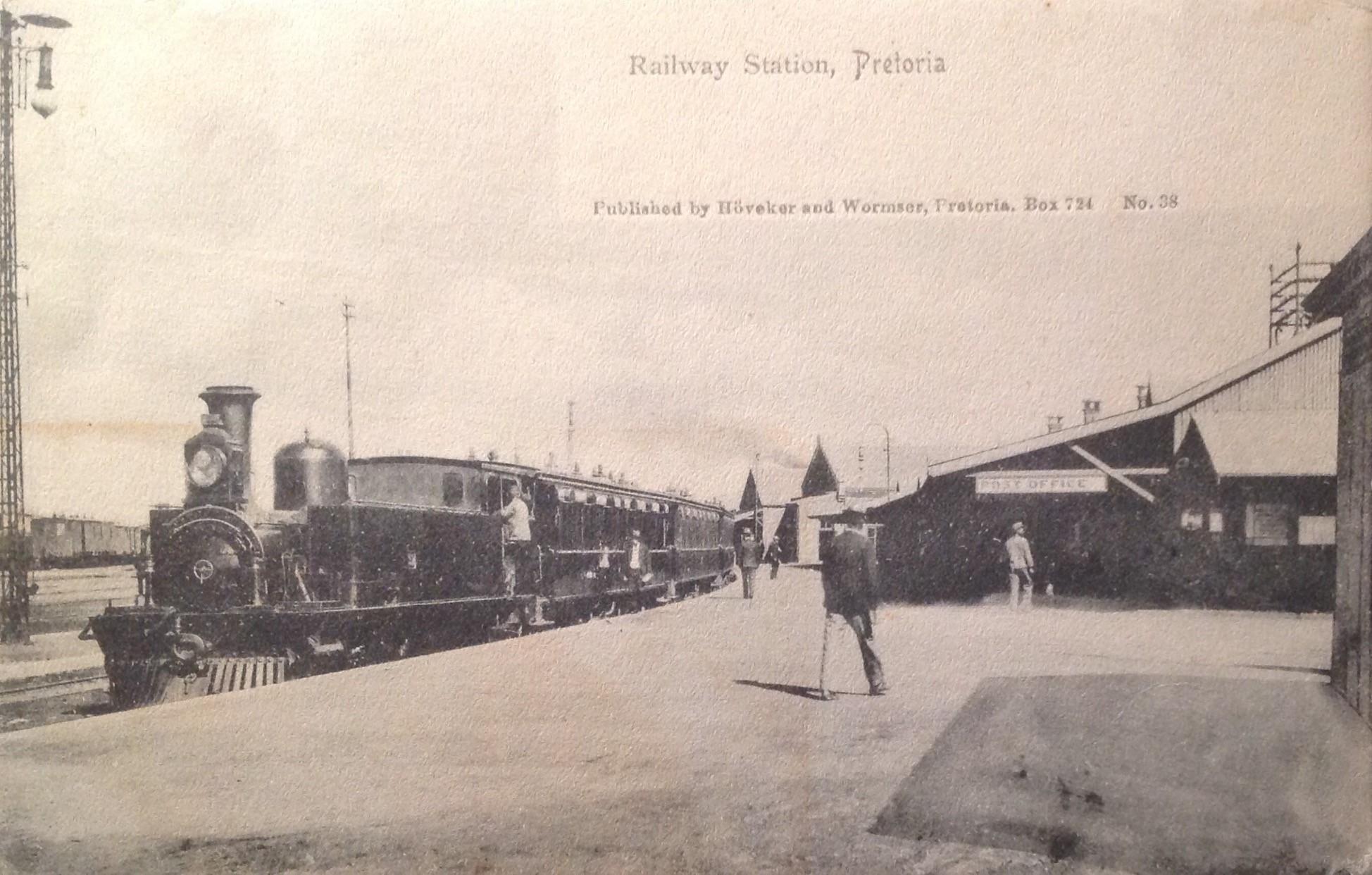
Train ready for departure from the Pretoria station
T– Circa 1905
Consolidation of Operations
- NZASM relieved of control of railways in Transvaal.
- Railways of the Transvaal and Orange Free State Republics placed under Civil Administration as Central South African Railways (CSAR)
- Line between Klerksdorp and Fourteen Streams opened (creating a direct route from the Cape via Kimberley to the north).
1910’s
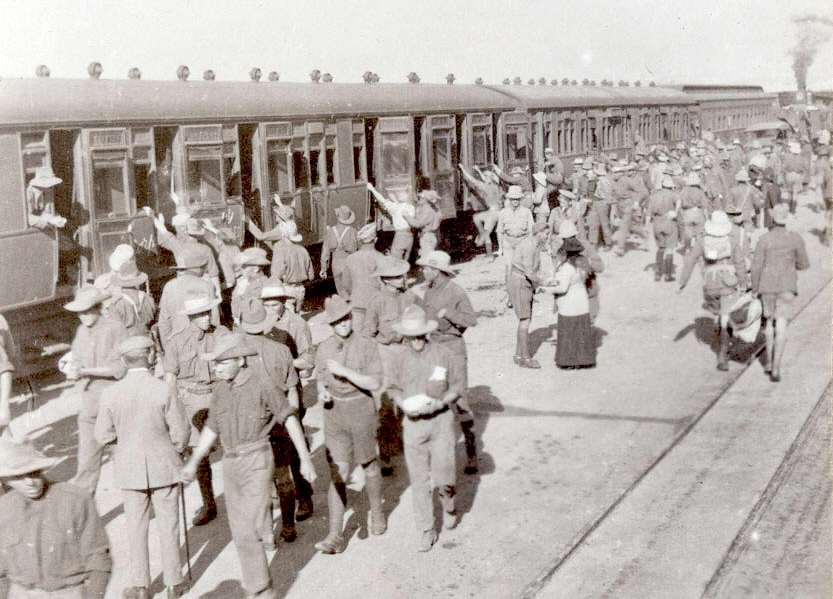
1st Natal Carbineers arriving in Cape Town at the end of the German West Africa Campaign
SAR&H Established
- With the Union of South Africa, South African Railways and Harbours (SAR&H) is established to serve the whole country, covering 11 328 km of tracks.
- Riots cause extensive damage to Johannesburg station.
- First strike in which large numbers of SAR&H employees are involved.
- During World War I, construction of the railway system to South West Africa (Prieska-Nakop). 142 miles (229 km) completed in 82 days.
- SAR&H links up with that of South West Africa at Kalkfontein (Karasburg).
- Opening of the first pre-cooling chambers at Table Bay.
- Birth of SarShips. Railways start shipping service.
1920’s
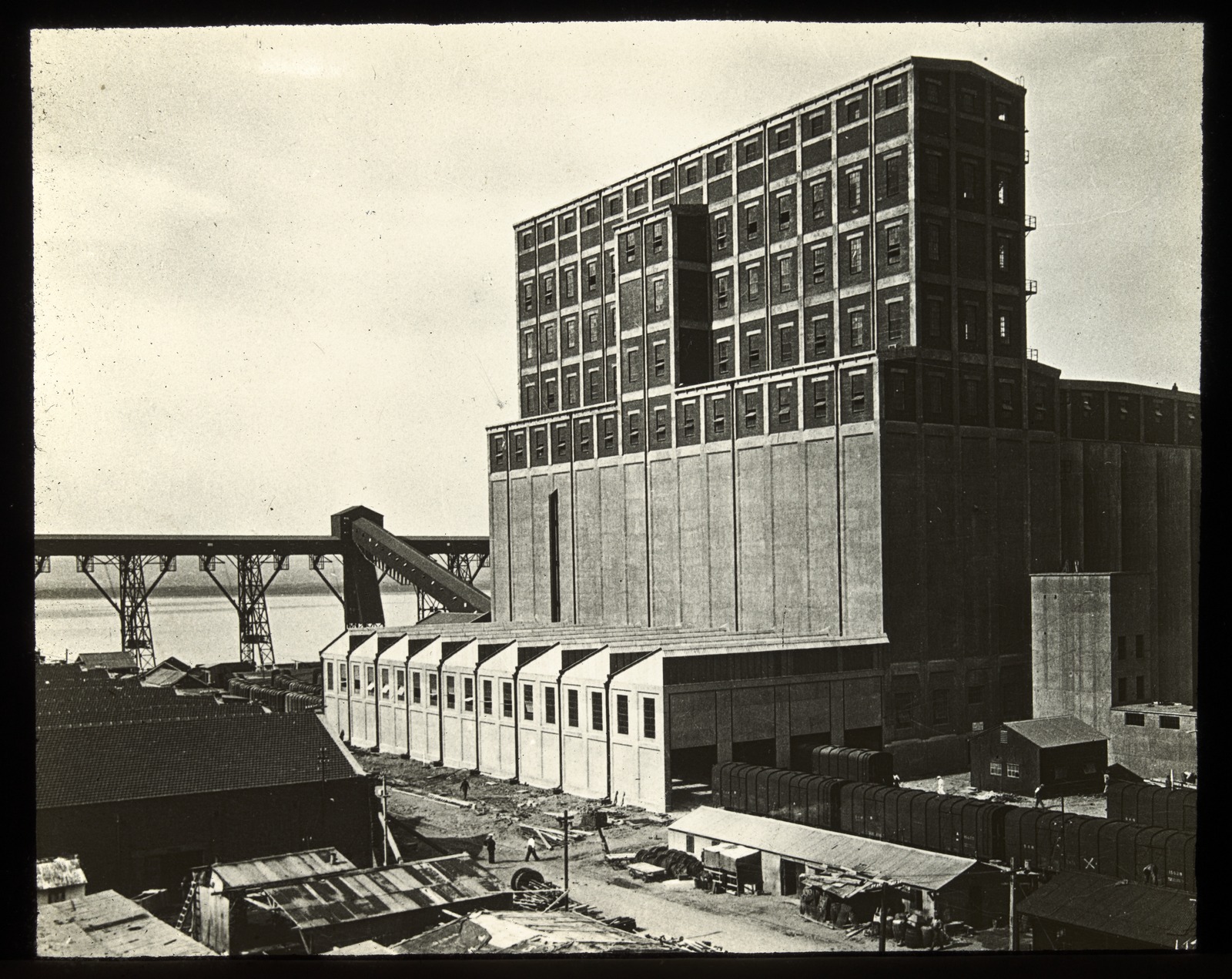
Grain Elevators in Table Bay Harbour
c. 1920
SWA Joins SAR&H
- South West Africa Railways become part of the SAR&H network.
- Grain Elevators in Table Bay Harbour and 34 country districts start to handle grain (total storage capacity of elevators is 139 200 tons).
- Electric traction introduced in South Africa on Natal main-line (Glencoe – Mooi River)
- Centenary of Green Point Lighthouse, oldest surviving lighthouse in Africa.
1930’s
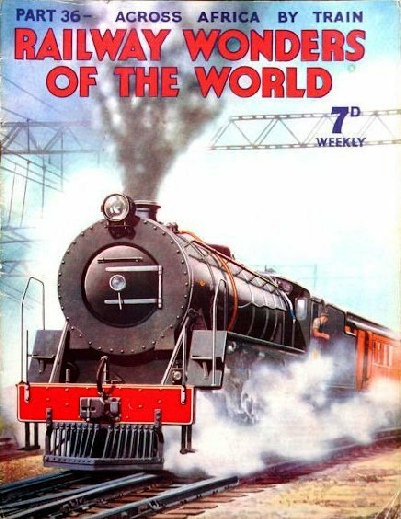
The cover of Railway Wonders of The World (1935), showing the “Union Express” leaving Cape Town for Johannesburg
Rail Meets Flight and Commuters
- New Johannesburg Station opens, operates in conjunction with the 1897 NZASM Station.
- Air services hitherto operated by Union Airways taken over by South African Airways. Incorporation of South African Airways into SAR&H.
- First mail ship (Balmoral Castle) enters the new East London harbour and the system of landing passengers by basket is discontinued.
- Electrification of Glencoe – Voksrust section of the Natal main-line brought into operation. Whole of
- Natal main-line, 327 miles (526 km), now electrified.
- Introduction of electric passenger service between Johannesburg and Pretoria.
Six new luxury air-conditioned all-steel saloons placed in service on ‘Union Limited’ and ‘Union Express’ deluxe trains.
- Introduction of the ‘Blue Train’.
1940’s

King George VI and Queen Elizabeth alighting from the Royal Train in Harrismith
1947
First Minister of Transport
- The Blue Train and other express are trains taken off as a war-time economy measure (WWII).
- Foundation stone of Railway Training Institute (Esselen Park) laid by F.C. Sturrock, Minister of Railways and Harbours.
- Portfolio of the Minister changed from ‘Minister of Railways and Harbours’ to ‘Minister of Transport’.
- New Sturrock Graving Dock – the largest in the Southern hemisphere – officially opens in Table Bay Harbour.
- Union Limited and Union Express restart operations under the new official name, the ‘Blue Train’.
- New Kazerne (Prospect) goods depot, comes into operation.
- The Royal Train is the first in the Union to be completely equipped with radio communication with the outside world.
- Princess Elizabeth Graving Dock officially opened by Princess Elizabeth at East London.
- Inauguration of Solent flying-boat service from Vaaldam to Southampton.
- Inauguration by Road Transport Services of a new collecting and delivery Service (COD) at every doorstep in Johannesburg.
- Centenary of Cape Agulhas Lighthouse.
1950’s
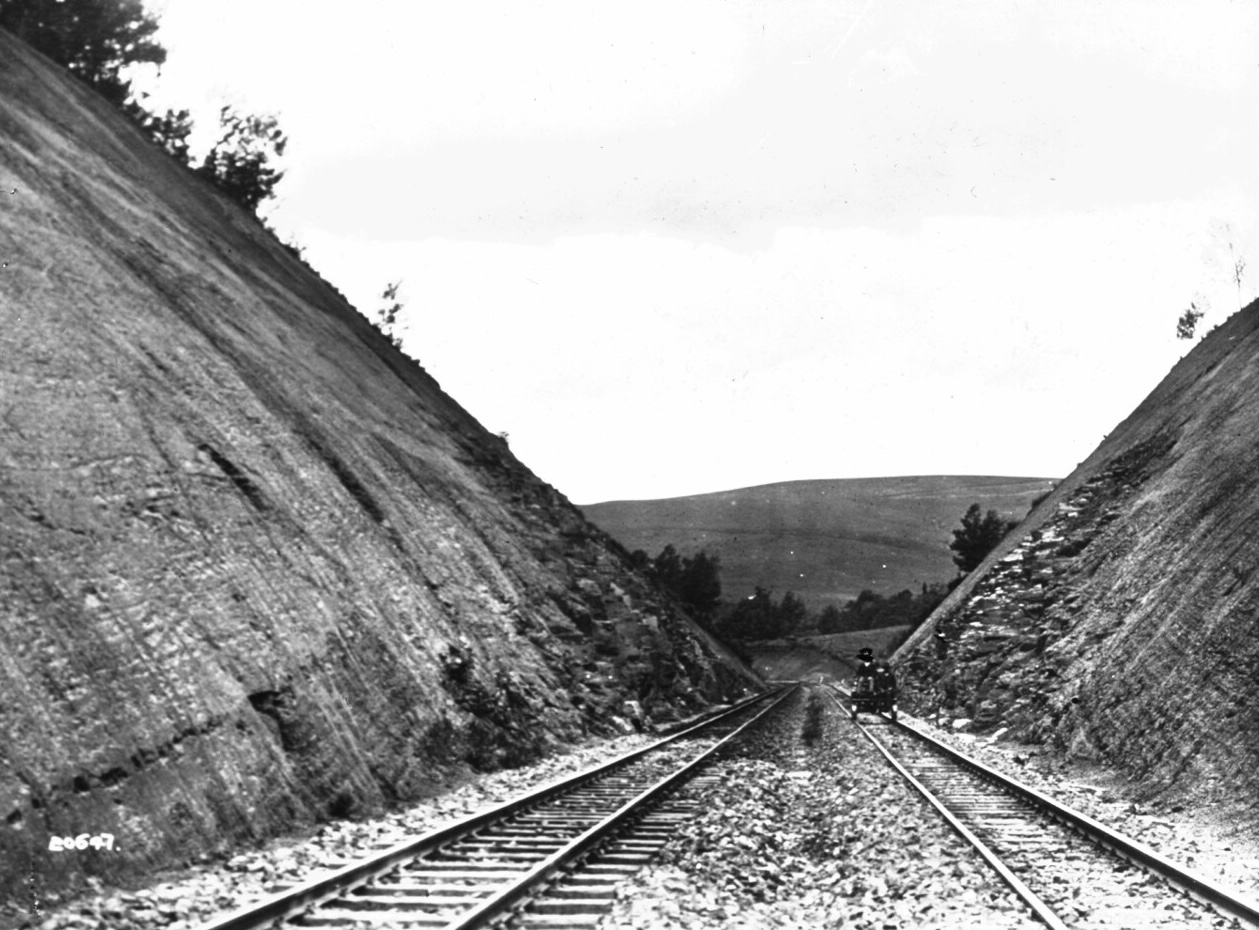
Large cutting on the Pietermaritzburg - Boughton - Cedara loop
First Use of Radio Telephony
- Class 25C Locomotive fitted with a locally designed condensing tender successfully tested in semi-arid regions of the Union.
- Mobile container-trailers placed in service.
- Centenary of Cape Recife Lighthouse.
- Foundation stone of new Johannesburg Station laid by the Minister of Finance (Mr N.C. Havenga).
- The Van Riebeeck Bridge and Queen Elizabeth bridges – spanning Johannesburg Station and railway tracks – are built.
- New Koedoesport Mechanical Workshop near Pretoria opens.
- Radio telephony used for first time on South African Railways to supplement telephone circuits between stations (Natal main-line).
- Introduction of new suburban all-steel sliding-door passenger coaches on the Witwatersrand.
- Break-through made on the second ‘twin’ of 3 ¾ mile Boughton – Cedara tunnel, the longest in Africa.
1960’s

View over Johannesburg business district with railway station and Rotunda terminus in the foreground
Johannesburg, 1964
The First South African -Manufactured Locomotive
- First Centralised Traffic Control (CTC) sections put into service.
- New Johannesburg station put into use (at the time it was the most expensive station built – costing £21M / R42M).
- South African Railways takes delivery of the first South African-manufactured electric locomotive.
- Incorporation of Pipelines into SAR&H.
1970’s

Blue Train en route
1977
Records Abound
- 9 000 metric tons ore train hauled by seven diesel locomotives in a record for heavy goods.
- Two new ‘Blue Trains’ placed in service.
- First centralised traffic control system with computer assistance introduced on the Ermelo – Richards Bay line.
- Richards Bay Harbour and the coal line open.
- Rail speed record of 208 km/h set on 1 065 mm gauge track.
- The Sishen – Saldanha railway line and ore export harbour is taken over from Iscor.
- Containerisation officially introduced.
- New rail speed record of 245 km/h set, on high stability bogies.
1980’s
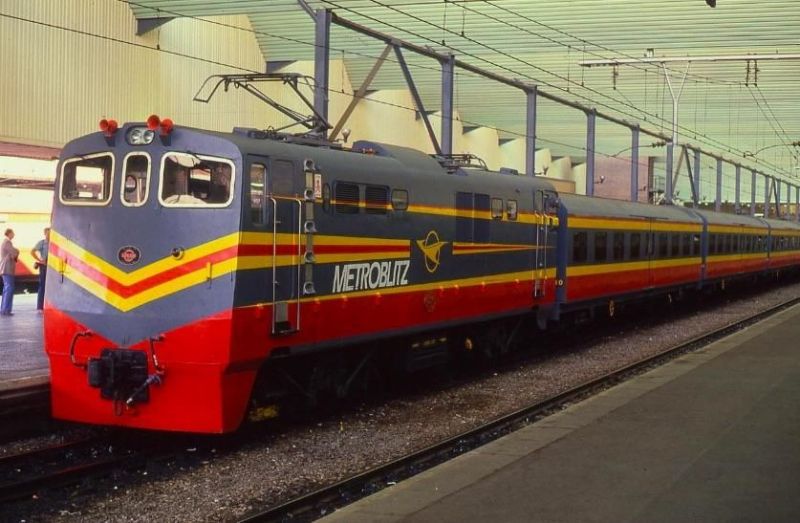
MetroBlitz high speed train
1984
State-owned Rail
- SAR&H becomes a state business enterprise – South African Transport Services (SATS).
- Sentrarand marshalling complex opens.
- Metroblitz, the first high speed suburban service between Johannesburg – Pretoria is introduced.
- The landscape-changing “De Villiers Report” is issued – concluding a study “Regarding the strategic planning, management practices and systems of the South African Transport Services”.
- South African Railway Police transfers to newly formed Transport Policing branch of South African Police.
- Infrastructure and rolling stock handed over to South West Africa interim government. Staff have the choice to join TransNamib or return to South Africa.
1990’s
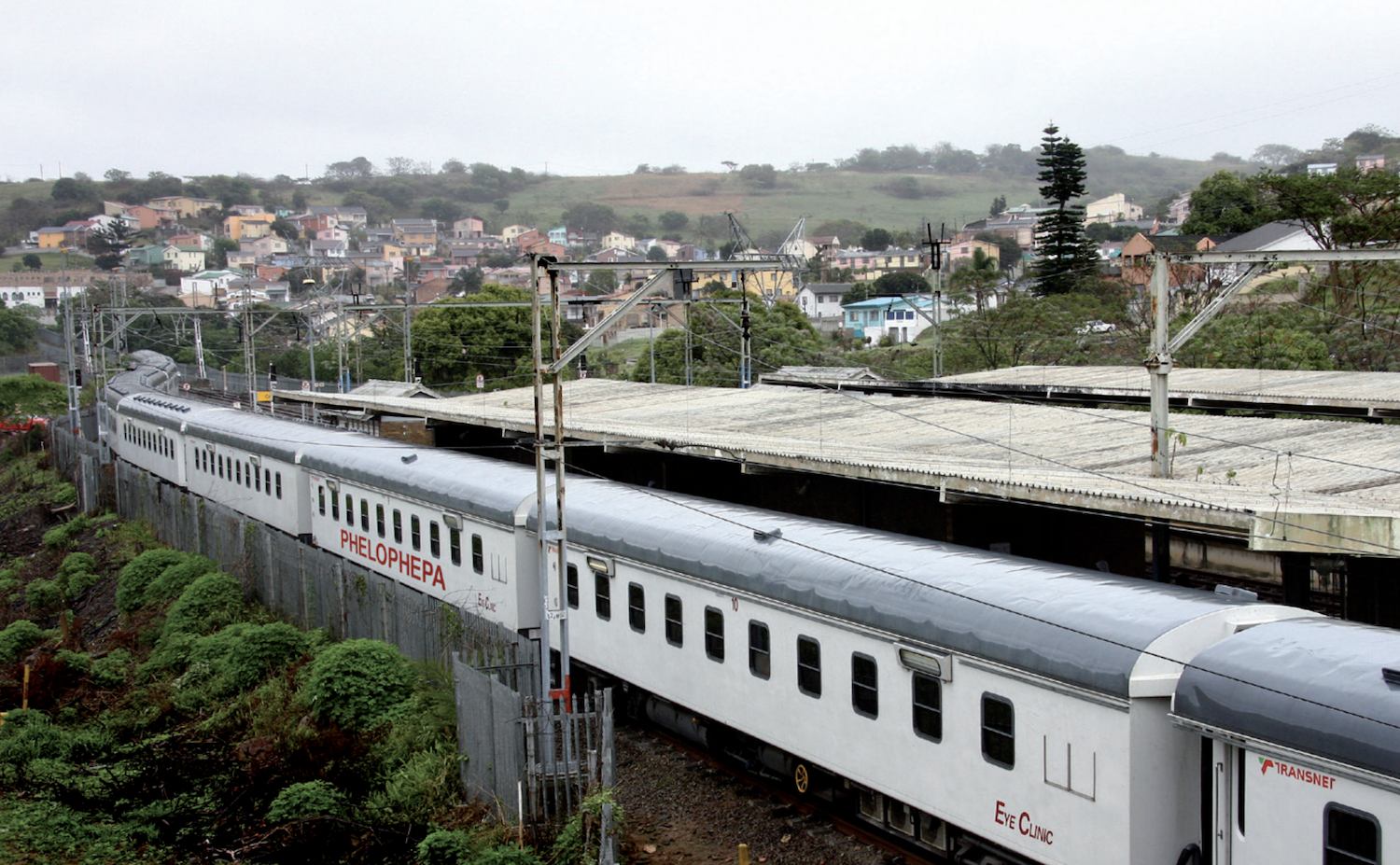
The Phelophepa Health Train
Transnet is Born
- Transnet Limited incorporated as a company with the State as sole shareholder.
- All rail commuter assets transferred to the South African Rail Commuter Corporation (SARCC).
- PX operations in Spoornet is ring-fenced and converted into a separate division of Transnet.
- Transnet Foundation launches the Phelophepa health train – an initiative that successfully provides affordable primary health care to the poor.
2000’s
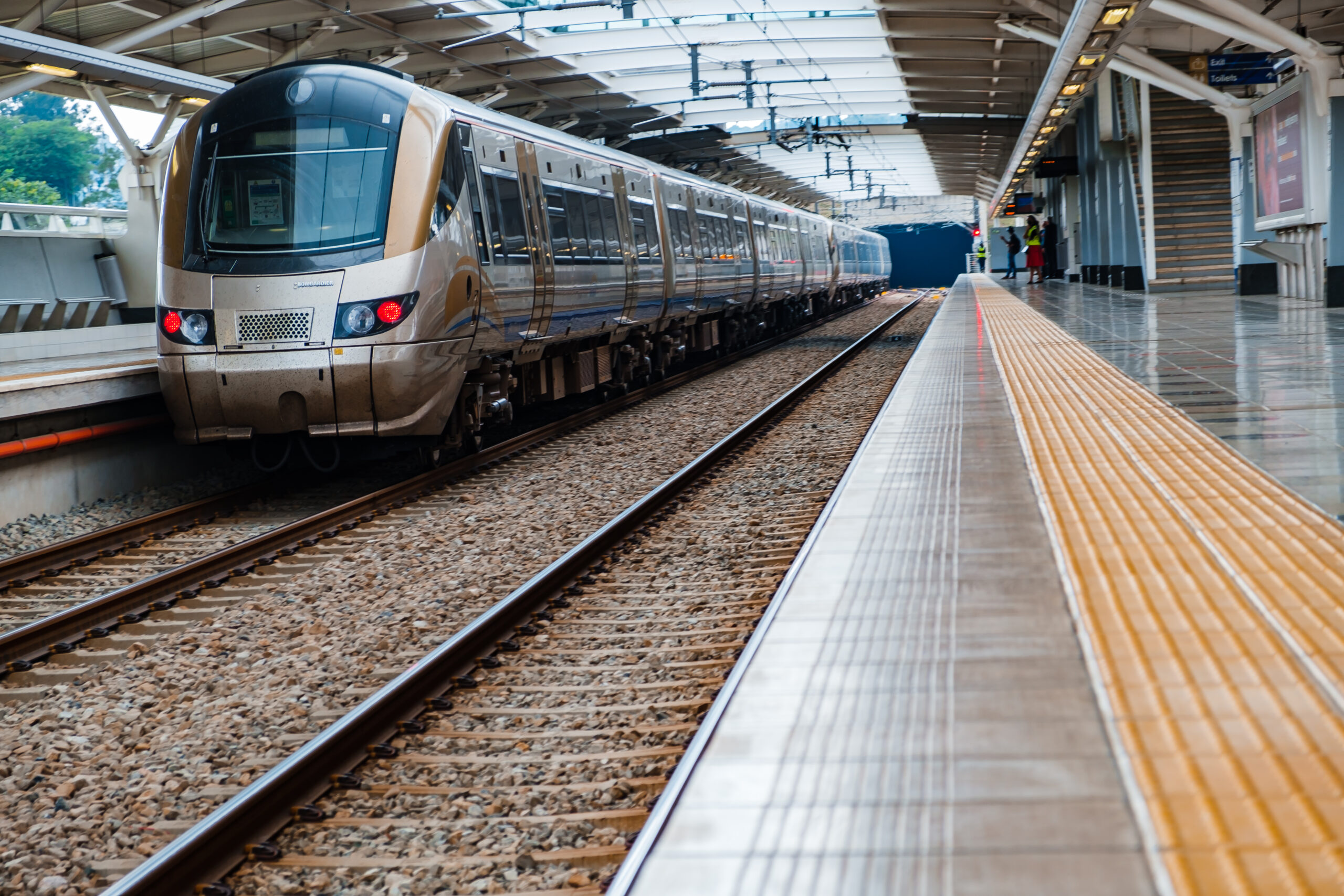
The Gautrain
Construction started 2006
RSR is Formed
- The creation of the Railway Safety Regulator (RSR) – a public entity that oversees and promotes safe railway operations through appropriate support, monitoring and enforcement, guided by an enabling regulatory framework.
- 2007 marks the end of the structural transformation of Transnet from a diversified group into a focused and integrated freight transport company.
2010’s
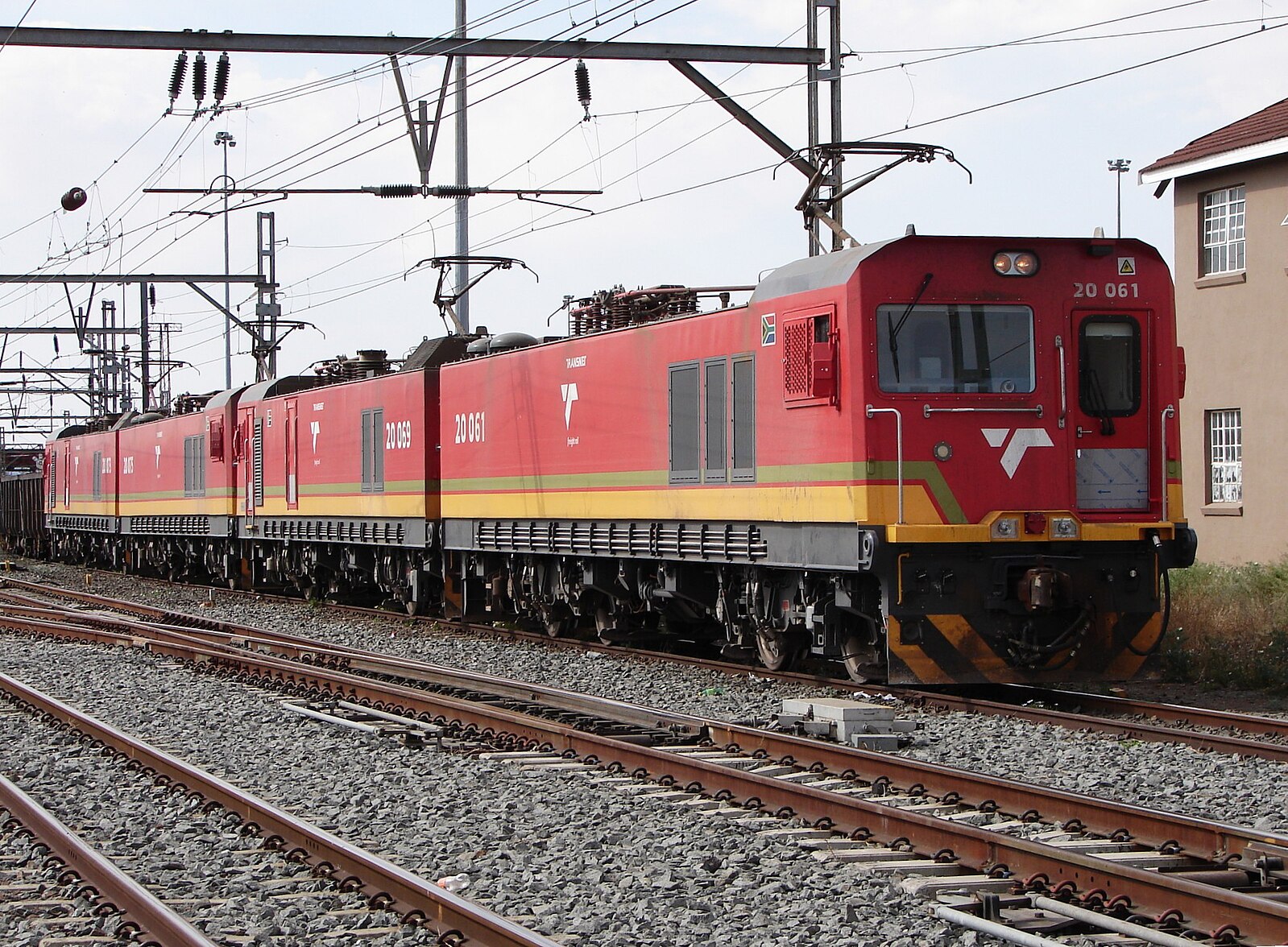
Class 20E Locomotive in De Aar
Northern Cape
Rail Development Accelerated
- Transnet celebrates its centenary and 150 years of railways in South Africa.
- Ultrasonic system developed by the CSIR deployed to prevent trains from becoming derailed by broken rails.
- Transnet Rail Engineering (TRE) unveils the first 36 of 145 ammonia rail tanker wagons to be built in South Africa, for explosives and fertiliser supplier Omnia, following the expansion of its production facilities.
Transnet Freight Rail - (TFR) starts migrating its general freight business (GFB) from a tonnage-based dispatching model to a scheduled service.
- New Class 43 locomotives purchased by Transnet Freight Rail (TFR) from the US company, General Electric, provide a higher level of reliability and availability, to transport more cargo and fuel efficiency.
- Transnet Freight Rail reopens Orkney-Vierfontein line.
- Transnet takes ownership of the Old Durban International Airport site for the development of a proposed dig-out port which will cost R75bn.
- The delivery of the hundredth salt wagon manufactured at Transnet’s plant in Uitenhage for Botswana Rail places the Eastern Cape at the centre of the State-owned group’s plans to accelerate its sales of heavy equipment to the rest of Africa.
- ZAR 1 Billion investment in City Deep Freight Terminal.
- TFR ramps up its capacity to move export coal by 30% with a new 200-wagon train that will run between the Mpumalanga coal fields and the Richards Bay Coal Terminal.
- Transnet receives the first shipment of the Class 20E Locomotives.
Sources
- Wikipedia (Public Domain)
- National Army Museum
- State Library Victoria
- The Heritage Portal
- Railway Wonders of The World
- Digital Railway Images of South Africa (DRISA) Archive
- Transnet Heritage Museum
- Transnet Foundation
- Railway Safety Regulator (RSR)
- Col André Kritzinger (Creative Commons Attribution-Share Alike 3.0)
